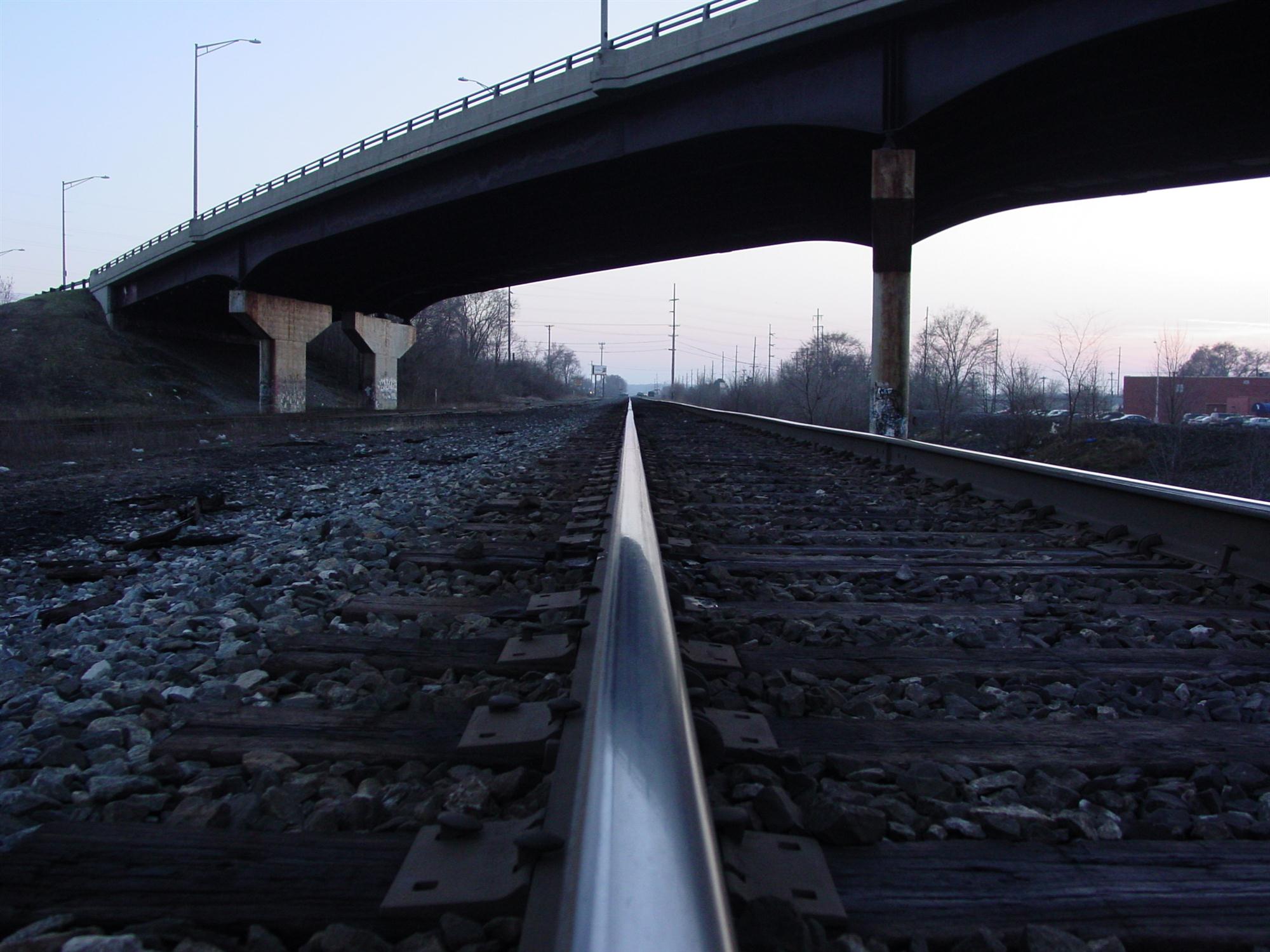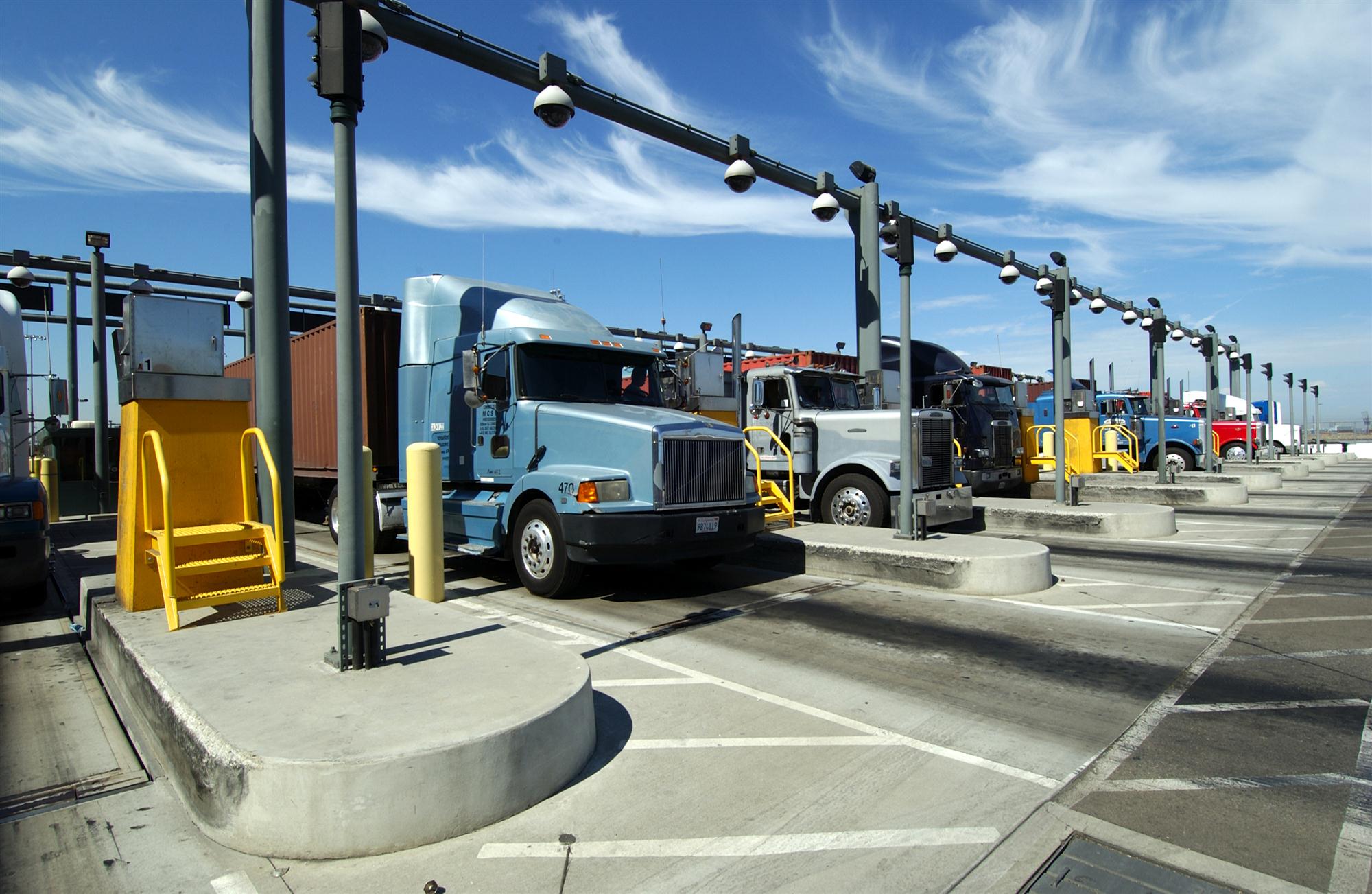The global economic slowdown has an unexpected upside side, shipping line executives said at the Georgia Foreign Trade Conference: the slower growth gives the US federal government – as well as state and local governments – the opportunity to catch up on some long-needed infrastructure improvements.
Speaking amid news reports that China’s economic growth rate last year was its slowest in a quarter-century, the executives told the conference that the industry has rebounded since the depths of the recession in 2009 – and that in its present condition, much of the infrastructure in the US will not be able to handle further growth.
 “Twenty-five years ago, this country was the envy of every nation,” said David Arsenault, president and CEO of Hyundai Merchant Marine America and Hyundai America Shipping Agency. “We had the most advanced ports, terminals, inland infrastructure, roads and railways, and [since then], we’ve struggled to keep pace with the growth we’ve seen happening in the countries which were emerging at the time,” many of which, he says, have made great investments and strides in their infrastructure.
“Twenty-five years ago, this country was the envy of every nation,” said David Arsenault, president and CEO of Hyundai Merchant Marine America and Hyundai America Shipping Agency. “We had the most advanced ports, terminals, inland infrastructure, roads and railways, and [since then], we’ve struggled to keep pace with the growth we’ve seen happening in the countries which were emerging at the time,” many of which, he says, have made great investments and strides in their infrastructure.
“Back in 2009, during the recession, we saw cargo volumes drop, [which gave] the perception that some of these issues may have been fully resolved, and we’re now finding that truly is not the case,” Arsenault said. “We are now seeing cargo levels now that go back to pre-recession levels, [which has] started to put stress and pressure back on the infrastructure that’s required to support that kind of cargo volume.”
William Payne, vice chairman of NYK Line (North America), said that while the economic downturn does concern him – “without freight, all of us here are at risk,” he said – the existing infrastructure would struggle to support further cargo volume. “We have a window to address the constraints on moving freight and congestion, because if we had had a robust freight movement and growth, we’d be in much worse shape. We have an opportunity now because of the lack of volume growth to address congestion issues.”
Rick Gabrielson, vice president of transportation at home-improvement retailer Lowe’s Companies, speaking at a session on the second day of the conference, said that the larger ships which will soon be coming through the Panama Canal require the US to quickly step up infrastructure at many of its ports and terminals.
“The day that the canal is open, you’re not going to see [a big increase in] ships come through,” he said. “I have a broader concern over the larger vessels coming in and in those terminals where they haven’t made the expansion, they don’t have the last-mile connectors. There are a lot of gateways in this country that are not doing a thing. When you get a large vessel in and you’re doing a binge purge and you’re dropping a lot more containers in a footprint that was not designed for that, that creates a tremendous problem.”
Gabrielson said that completing infrastructure projects in the US is a slow process. “We’re on borrowed time. Every time there’s a little blip – a snow storm, some other type of disruption – it takes a while to recover from that. If we were really clicking from an export/import standpoint, many of our gateways would be in deep, deep trouble.”
The slowdown has also alleviated the industry’s apparent inability to establish a reliable system for providing chassis at marine terminals.
“The US model was unique globally. We were the only nation where carriers – the lines – actually provided chassis,” said Arsenault. “What we’ve seen [since shifting away from that model] is a natural evolution of something that had to happen.”

Arsenault told the conference that the chassis problem is made worse by the fact that many ports in the US, particularly in congested urban areas, have outgrown their available space.
“As volumes have grown back to pre-recession levels, what we’ve seen is that in the terminal environment, it’s very challenging to keep ‘going out’ – you can’t continue to reclaim land, to grow and expand the footprint of these terminals,” he said. “And now the terminals have come to a point where if you can’t go out, you have to go up, in a [denser] operation. We’ll look back to the good old days where terminals had enough capacity to maintain a wheeled operation, particularly for imports, where you have one pick off the ship onto a chassis, a bob-tail in, back up under the load and you’re on your way out. It’s a very efficient and clean way to move the freight.”
But that method no longer exists in most facilities in the country today, Arsenault said. “Now we’ve seen a much greater shift towards grounded operations, and there’s nothing more significant than to shift from a wheeled operation to a grounded operation. That’s a game changer.”
While there may be problems getting a chassis to the right place at the right time, there are plenty of them to be found, he said, suggesting that if you take a drive around Southern California’s many marine terminals, you’ll find them “stacked and racked as far as the eye can see on some of the [area’s] most expensive real estate.”
Arsenault told the conference that the third-party intermodal equipment providers which are providing the chassis today is still something of a transition stage. “We’re starting to see this evolve more and more where there’s an ownership transition to the trucking companies themselves. Trucking companies will see that as a competitive differentiator, and we’ll get to a point where we’ll never see a trucking company show up without a chassis behind it, because what the terminal is going to be doing is moving the box from a point of rest to the chassis or from the chassis to the point of rest in the terminal.”
By Gregory Glass
Asia Cargo News | Saint Simons Island, Georgia



